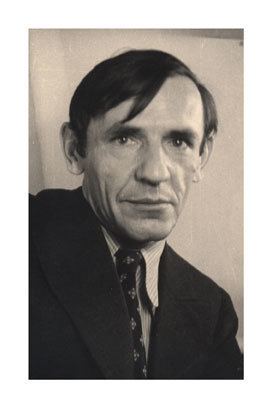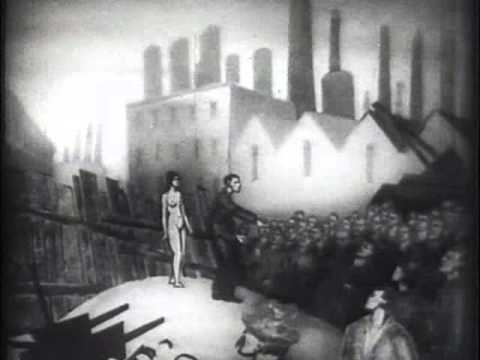Occupation Film-maker | Name Berthold Bartosch Role Film-maker | |
 | ||
Movies The Idea, Chasing Fortune, A Tremendously Rich Man Similar People Frans Masereel, Fritz Arno Wagner, Steve Sekely, Rochus Gliese | ||
Taste by Weather For Strangers
Nude Idea (Radiohead's song "Nude" + Berthold Bartosch's film "L'Idée")
Berthold Bartosch (29 December 1893 – 13 November 1968) was a film-maker, born in Polaun, in the Bohemia region of Austria-Hungary (now part of the Czech Republic).
Contents
- Taste by Weather For Strangers
- Nude Idea Radioheads song Nude Berthold Bartoschs film LIde
- Work with Lotte Reiniger
- Work in Paris
- References

Work with Lotte Reiniger

He moved to Berlin in 1920 and collaborated with Lotte Reiniger on her paper silhouette animations:
Bartosch created what some consider the first multiplane camera in order to achieve some of the effects for these films.
Work in Paris
In 1930 Bartosch moved to Paris and created the 30 minute film entitled 'L'Idée' (The Idea) to which he is most remembered for. The film is described as the first serious, poetic, tragic work in animation. The film's characters and backdrops were composed of several layers of different types of paper from semi-transparent to thick cardboard. Special effects like halos, smoke and fog were made with lather spread on glass plates and lit from behind. Bartosch based the film on a wordless novel of woodcuts by Frans Masereel, The Idea (1920).
L'idee, when released in 1933, featured a score by composer Arthur Honegger, including an ondes Martenot, which is believed to be the very first use of an electronic musical instrument in film history. The following year, Franz Waxman's score for Liliom (1934) used a theremin.
From 1933 to 1938, Bartosch worked on an anti-war film, St. Francis or Nightmare and Dreams, a 25-minute piece being financed by Thorold Dickinson. When the Nazis invaded Paris, he deposited the film at the Cinémathèque Française. The film was destroyed during the Nazi occupation, and only a few still images exist.
In 1948, he spent a year working for UNESCO in Paris mentoring George Dunning, a Canadian-born animator known for his involvement with the Beatles's animated feature, Yellow Submarine (1968).
